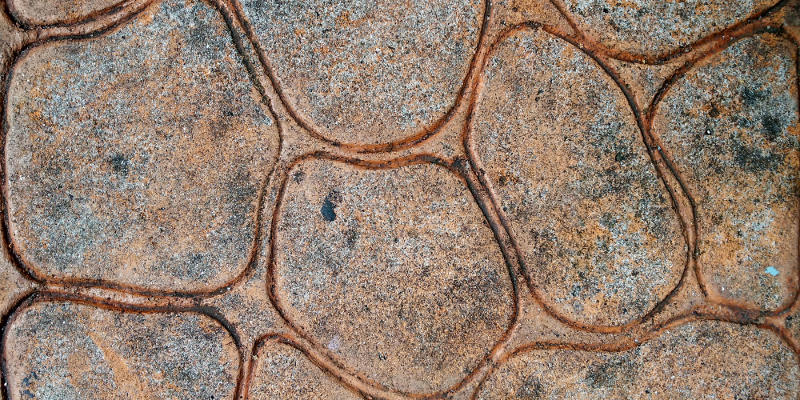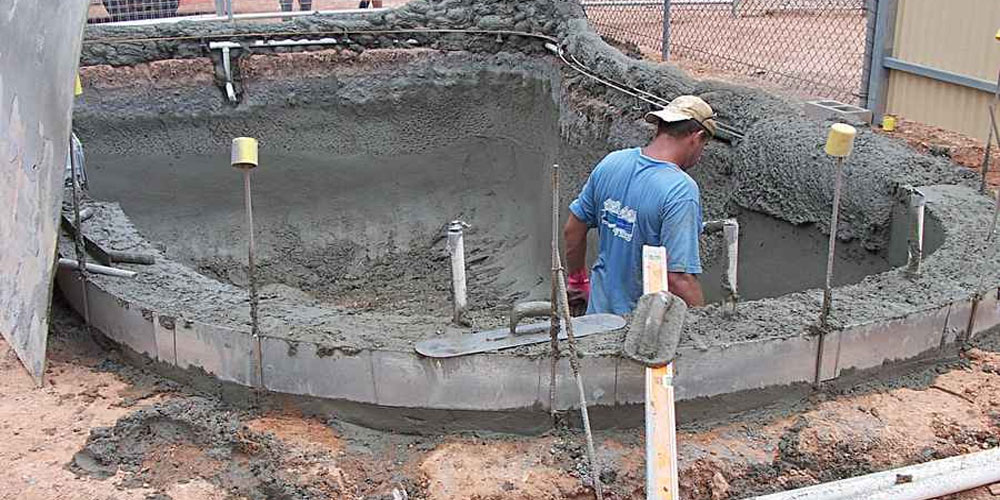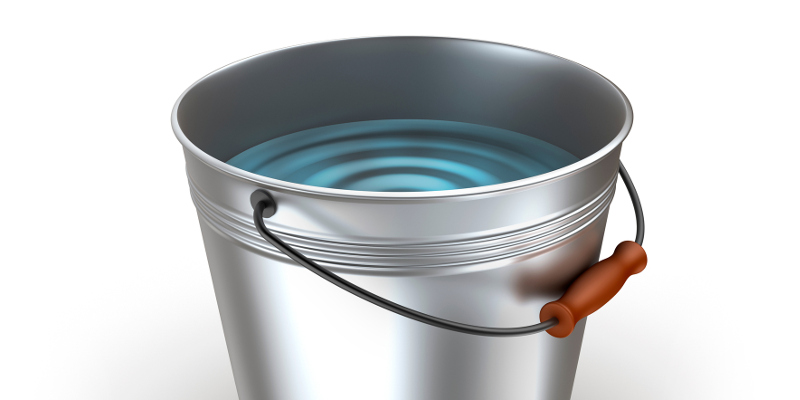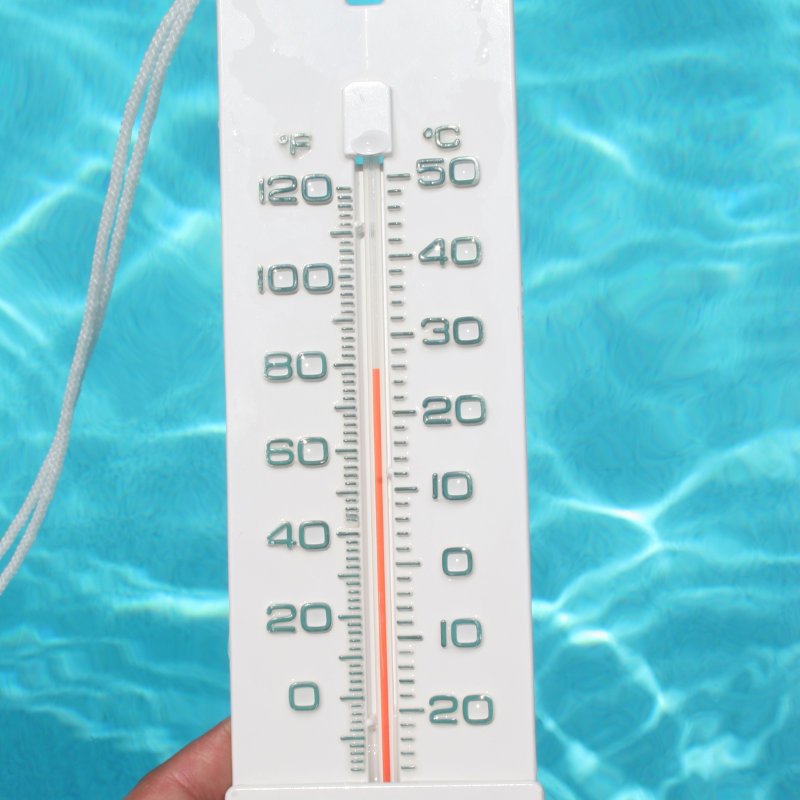Pool Builder Tips: Why You Want Stamped Concrete For Your Outdoor Patio and Swimming Pool Area
Part of the appeal of having a pool is so you can enjoy a relaxing, outdoor living space. You’ll only want to spend time relaxing in and by the pool if you have the patio space to go with it. Asking your pool builder for stamped concrete is an excellent choice when you are looking to finish off your backyard.

A pool builder will likely tell you that stamped concrete has all the benefits of concrete, but with the added benefit of looking nicer than just a smooth, plain slab of concrete. In fact, stamped concrete often doesn’t look much like concrete at all. When you see it, you might think you are looking at individually laid tiles. A pool builder installs stamped concrete by pouring concrete, and then the workers stamp a design into the concrete before it sets. The result is a highly durable, but beautiful patio that is the perfect partner for your backyard pool.
Stamped concrete is highly durable and requires very little maintenance. It holds up well to foot traffic and doesn’t chip or deteriorate over time like many other paving materials. There is practically no maintenance involved with concrete. Just spray it down every so often to wash off the dirt! Stamped concrete can dramatically improve your property value because it lasts for so long and looks great.
Stamped concrete is not only for patios, but can also be used for driveways and any other walkways on your property. It help you improve the curb appeal of your home and tie the whole outdoor design together with beautifully stamped concrete around your entire property. For an upgraded pool, patio and walkway look, contact an experienced pool builder and ask for stamped concrete.




